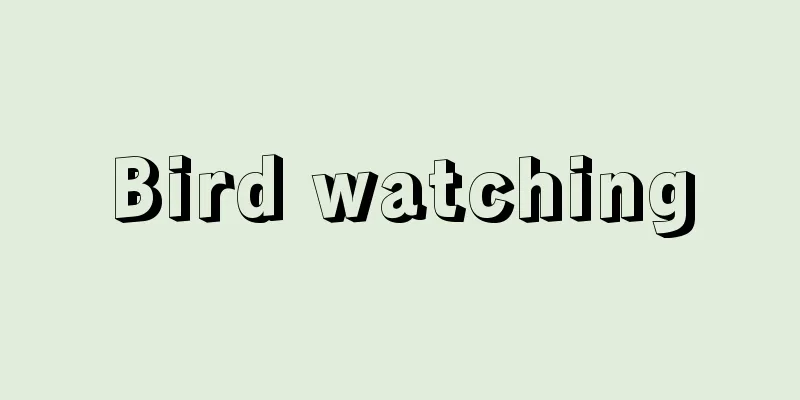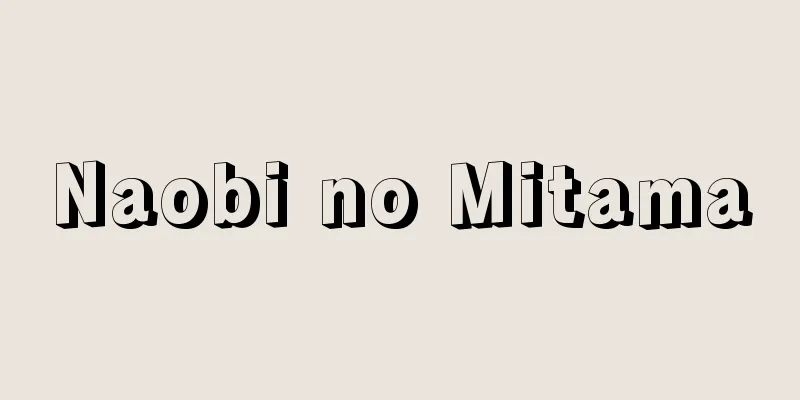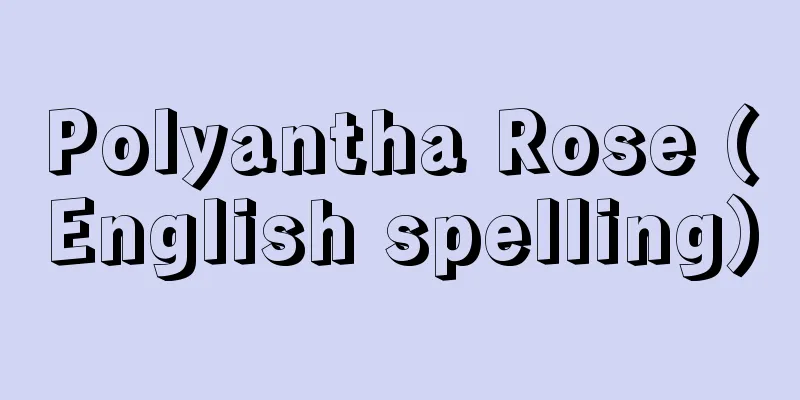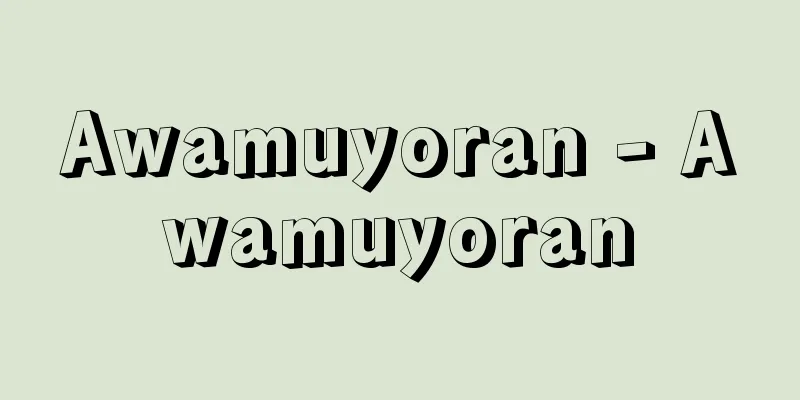Bird watching

|
This was a job title seen in the Edo Shogunate and various feudal domains. They were responsible for a wide range of duties related to the habitat of birds that were prey for falconry at the falconry grounds, and were responsible for policing the matter. In the Edo Shogunate, they were initially under the control of the Roju, but later came under the control of the Wakadoshiyori and were placed under the head of the Torimi group. During the Kyoho period (1716-1736), when the Okobushiba (falconry grounds) of the Shogunate were divided into six districts, namely Kasai, Iwabuchi, Toda, Nakano, Shinagawa (later Meguro), and Rokugo (later Shinagawa), they were stationed at the residence of the Torimi official in each district (these were called "home Torimi"), and several people were assigned to each district as responsible persons (these were called "Sujikake Torimi"). They were responsible for understanding the habitat of birds at the Okobushiba, maintaining and managing the falconry grounds, and apprehending those who violated the Falconry Law. In connection with this, they were involved in inspecting and granting permission for the construction and rebuilding of buildings within the falconry grounds, investigating side jobs in the fields, keeping dogs, and field boats, granting permission for festivals and performances, and also accompanied the shogun on his falconry. During the Kyoho era, the salary was 80 straw bales, and during the Kansei era (1789-1801), those who worked at the falconry grounds for 5 years or more were given the status of Omemie or higher, and the salary was increased to 100 straw bales. It was abolished in 1866 (Keio 2). [Mitsuo Nezaki] "How to Read and Research Historical Documents on Falconry Grounds" by Murakami Sunao and Nezaki Mitsuo (1985, Yuzankaku Publishing) " "The Shogun's Falconry" by Nezaki Mitsuo (1999, Doseisha) " "A Study of the Edo Shogunate Falconry System" by Nezaki Mitsuo (2008, Yoshikawa Kobunkan) Source: Shogakukan Encyclopedia Nipponica About Encyclopedia Nipponica Information | Legend |
|
江戸幕府や諸藩でみられる職名。鷹場(たかば)で鷹狩の獲物となる鳥類の生息にかかわる幅広い職務を担い、そのための取り締まりにあたった。江戸幕府の場合、当初老中の支配であったが、のち若年寄の支配に属し、鳥見組頭の下に置かれた。享保期(1716~1736)に、幕府鷹場のうち御拳場(おこぶしば)が葛西(かさい)・岩淵・戸田・中野・品川(のち目黒)・六郷(のち品川)の6筋に分けられると、それぞれの筋に設置された鳥見役宅に常駐し(これを在宅鳥見という)、また数人ずつが筋ごとに担当として配置された(これを筋掛鳥見という)。御拳場での鳥類の生息状況を把握し、鷹場の維持管理につとめ、鷹場法度(たかばはっと)に違反した者を摘発した。これに関連して、鷹場内の建物の新築・建て替えの見分・許可、農間余業・飼犬・田舟の調査、祭礼や興行の許可などに携わり、将軍の鷹狩の際にも同行した。享保年間の役高は80俵、寛政年間(1789~1801)には鳥見役宅勤務5年以上の者は、御目見(おめみえ)以上の格式が与えられ、100俵となった。1866年(慶応2)廃止。 [根崎光男] 『村上直・根崎光男著『鷹場史料の読み方・調べ方』(1985・雄山閣出版)』▽『根崎光男著『将軍の鷹狩り』(1999・同成社)』▽『根崎光男著『江戸幕府放鷹制度の研究』(2008・吉川弘文館)』 出典 小学館 日本大百科全書(ニッポニカ)日本大百科全書(ニッポニカ)について 情報 | 凡例 |
<<: Trim - torimu (English spelling) trim
>>: Tripolitania (English spelling)
Recommend
CLM
…Since water is useless as a fuel, methanol is us...
Revenue officer - shuunyuyaku
A public servant in charge of accounting affairs f...
Headlight - Tsumuri no Hikaru
1754-1796 A kyoka poet from the mid to late Edo p...
Kawabata Art School
...As for private institutions, the Kansai Art In...
Simultaneous quadratic equations
The simultaneous algebraic equations f 1 ( x 1 , ....
Morskaya pekhota (English spelling) Morskayapekhota
…The U.S. Marine Corps belongs to the Department ...
Royal Society - The Royal Society
...In the 18th century, the Age of Enlightenment,...
Palindrome
…(4) Palindrome A phrase or sentence that can be ...
large-flowered evening primrose
... In Japan, there are about 20 species that are...
Knee brace; angle brace
In buildings and bridges, a diagonal member is att...
Elector - Kurfürst (German)
Great secular and religious princes who were elig...
Elementary excitation
The excited state of a macroscopic object consisti...
Taiki [town] - Taiki
A town in Hiroo County, Hokkaido. It lies between ...
Aokata
A surname. A powerful clan based on Nakadori Islan...
Complete Denture
...This is done to make the retainer function mor...









